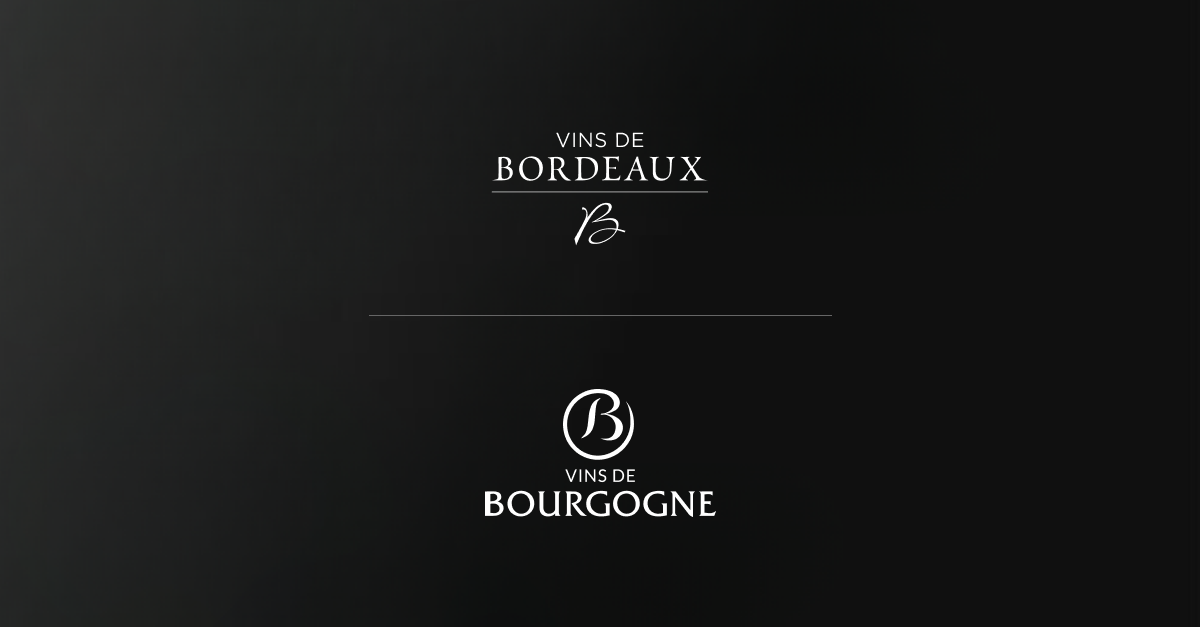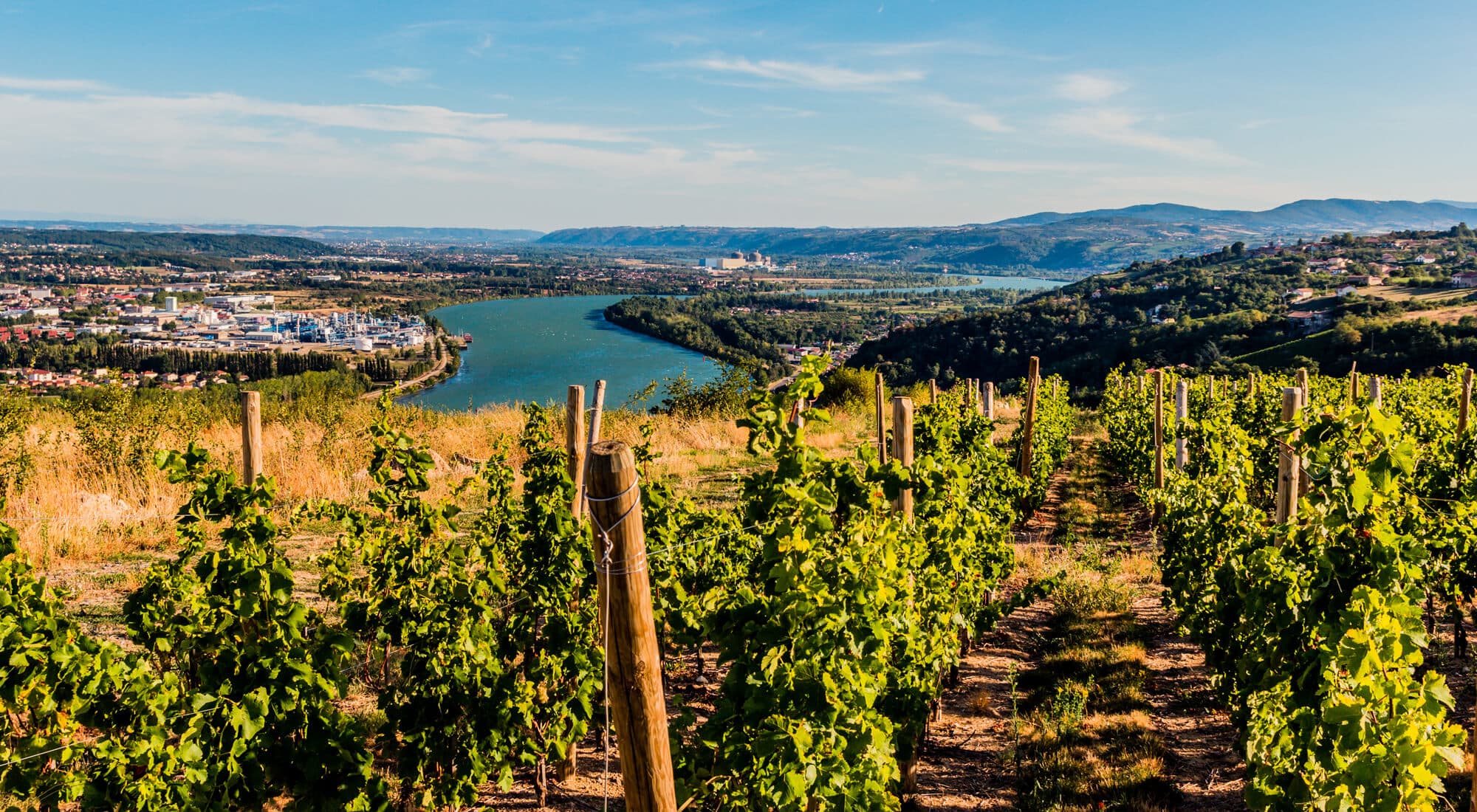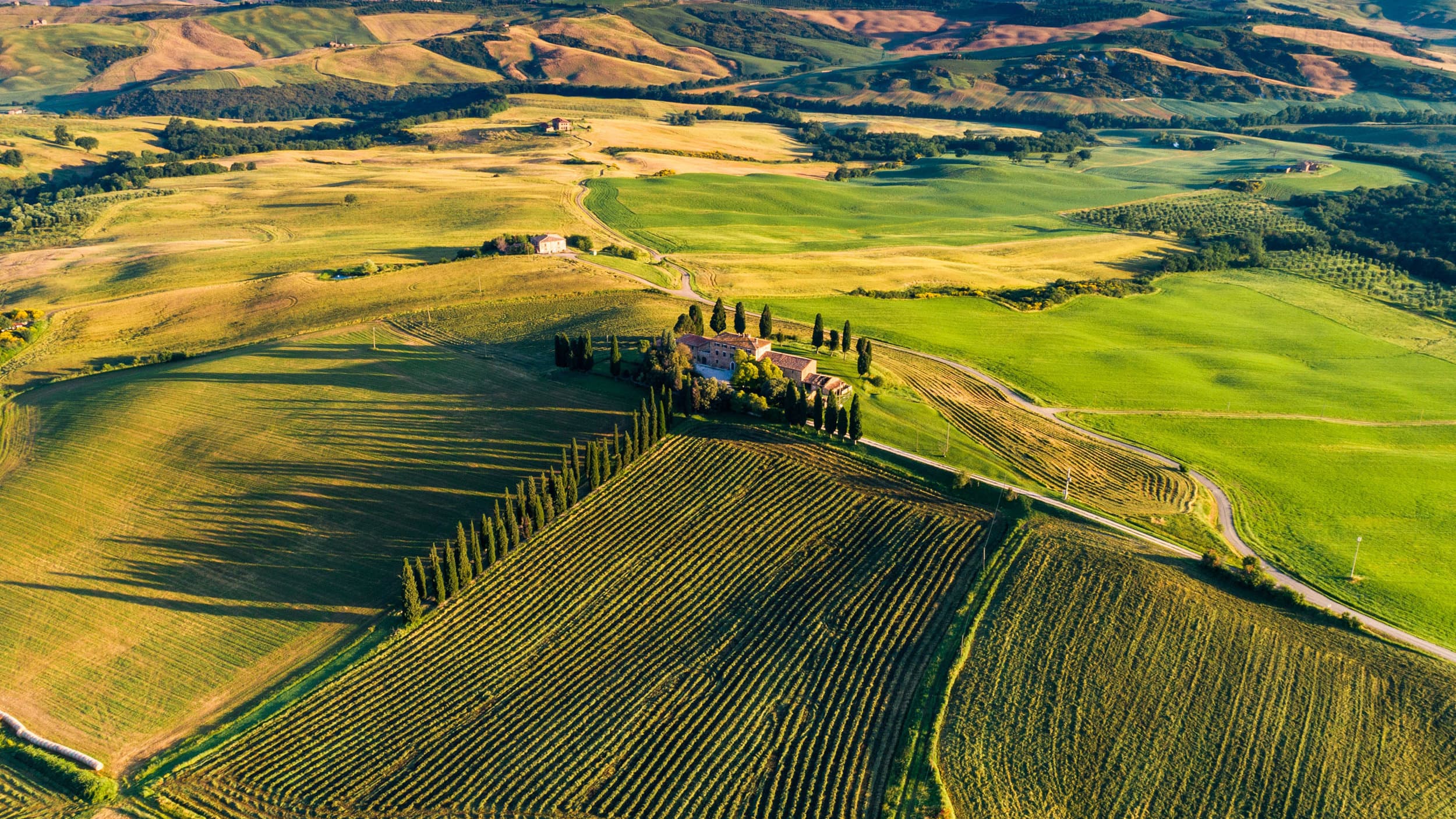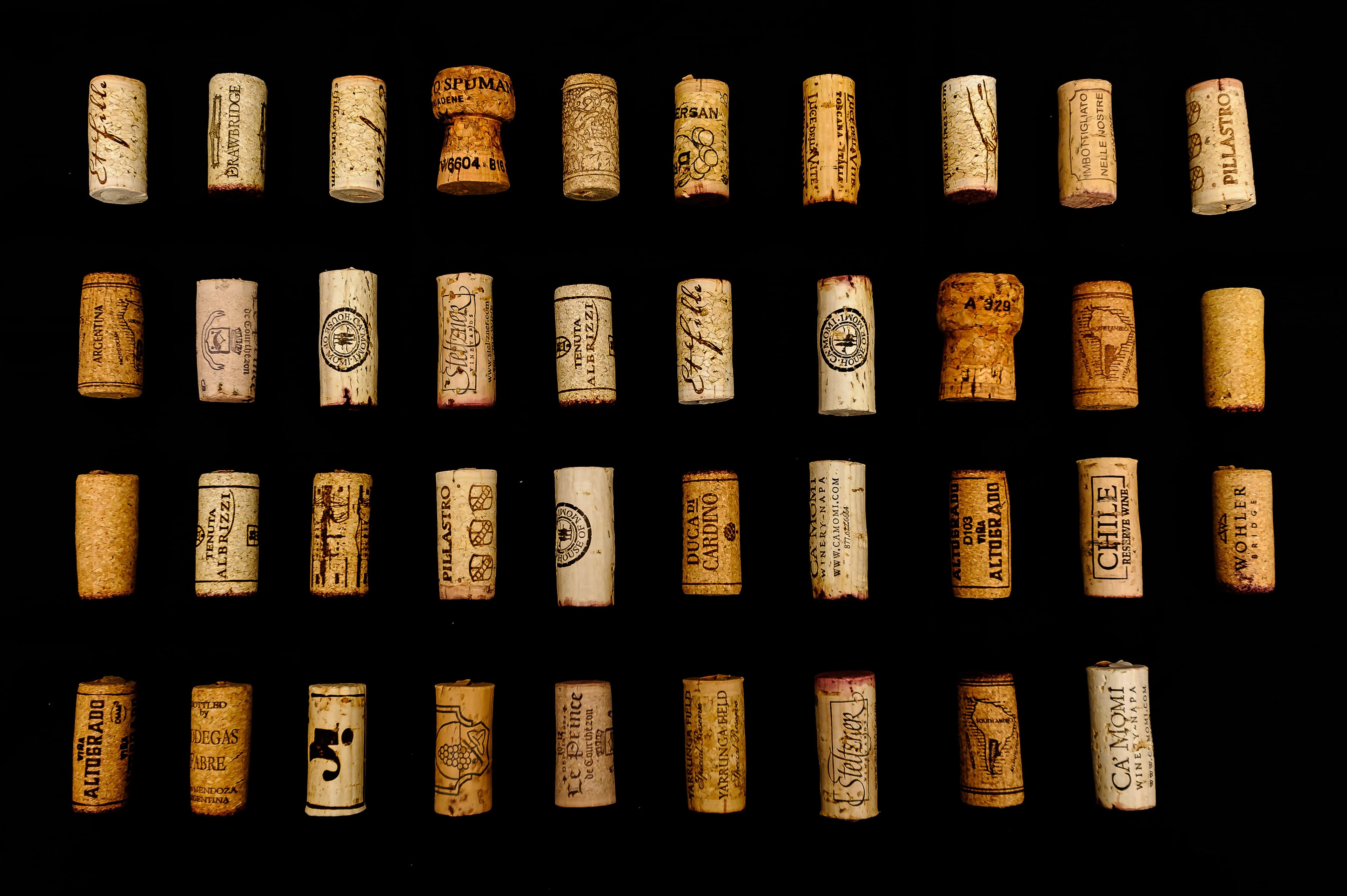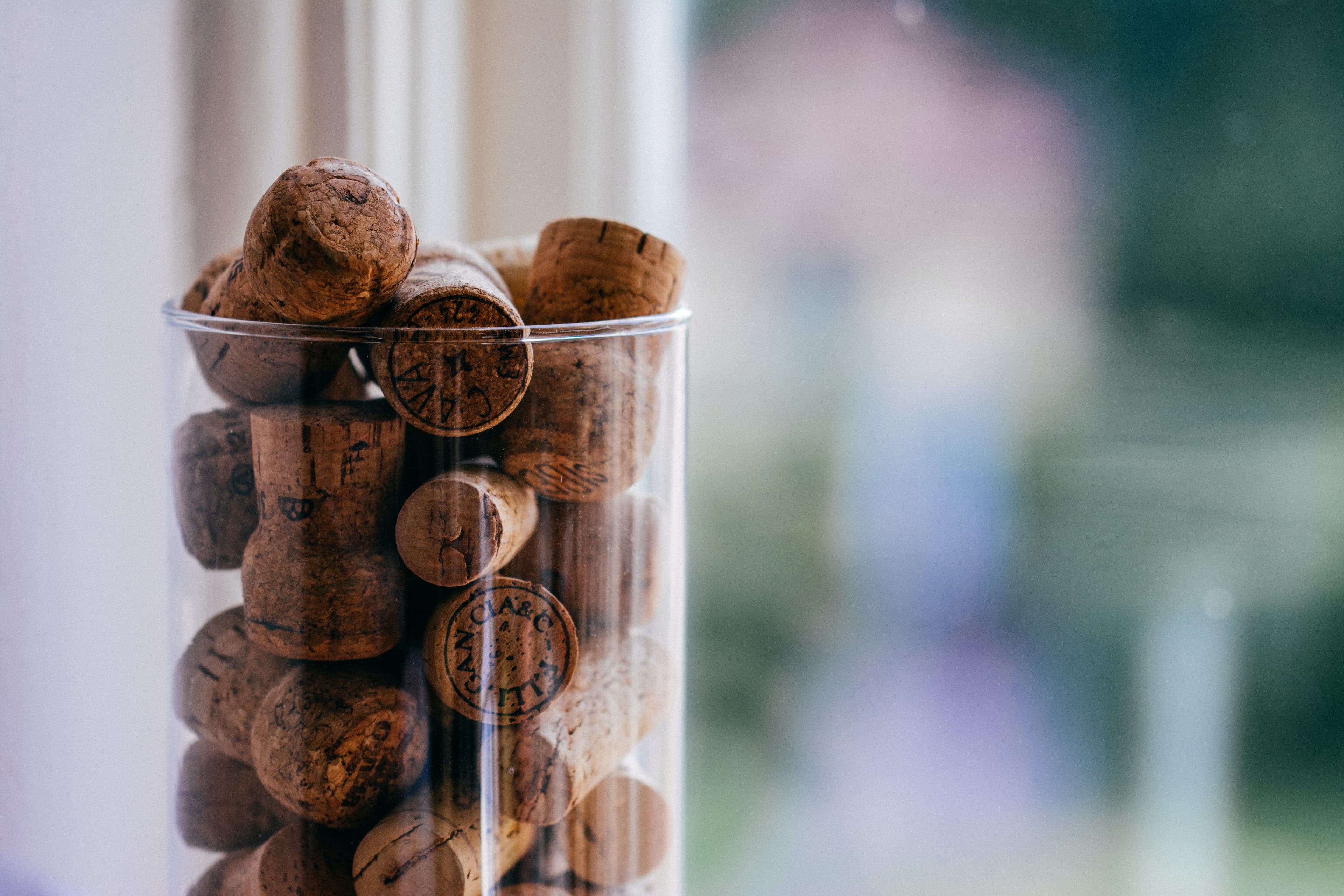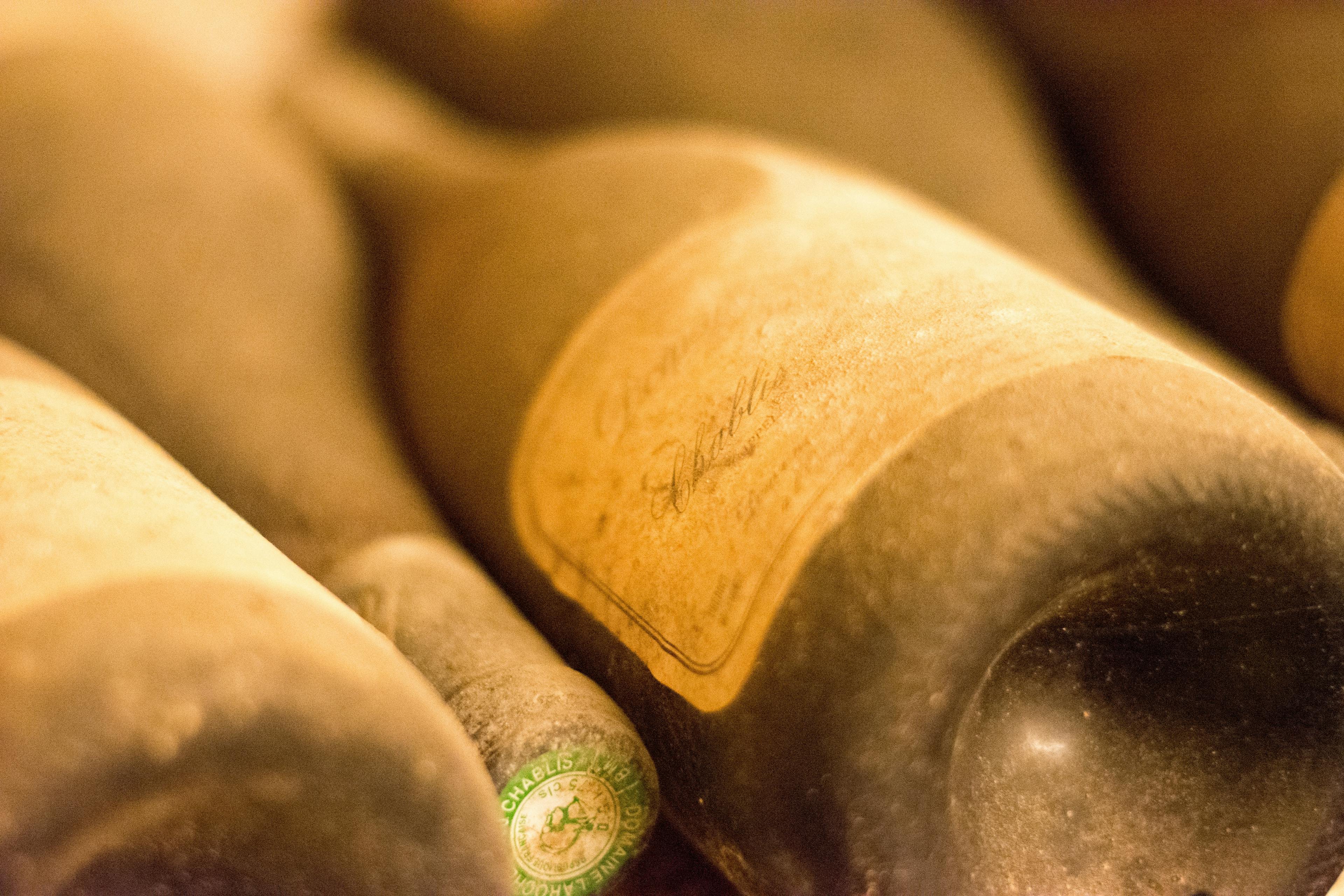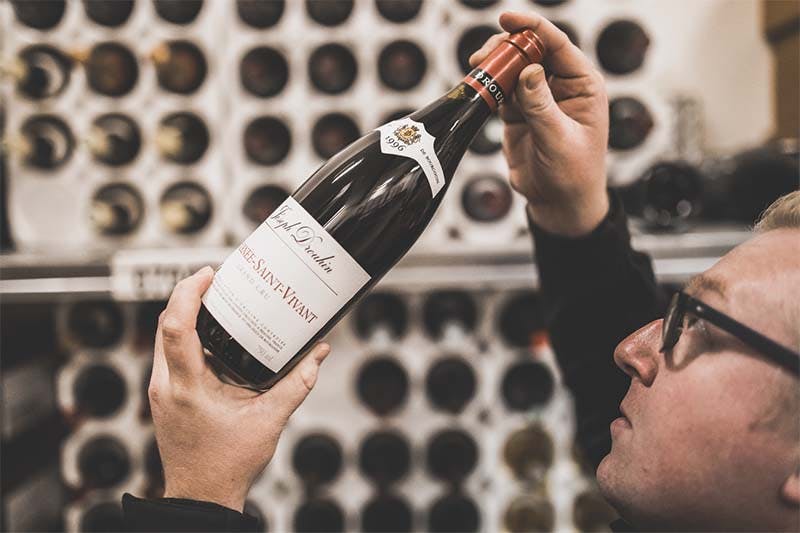
Discover the fascinating history of Joseph Drouhin, a name that resonates deeply in the world of fine wines. Founded in the heart of Burgundy, France, this esteemed winery has been a beacon of quality and tradition in the wine industry for over a century. The story of Joseph Drouhin begins in the late 19th century, when a young man with a passion for wine set out to create a legacy that would endure through generations. This article delves into the origins, growth, and enduring influence of the Drouhin family's commitment to excellence in winemaking. From its early days to its current status as a global icon, the journey of Joseph Drouhin is a testament to the dedication and passion that define the world's most revered wine regions.
The Founding of Joseph Drouhin: Early Years
The origins of Joseph Drouhin trace back to the late 19th century in the heart of Burgundy, France. In 1880, a young man named Joseph Drouhin ventured into the wine business by establishing his own company. His vision was to offer the finest quality Burgundy wines, which he meticulously selected from various vineyards across the region. This dedication to excellence quickly set the foundation for what would become a renowned wine legacy.
Joseph's approach was revolutionary for the time. He focused on acquiring premium vineyards, understanding that the quality of the grapes was paramount to producing exceptional wines. Among his early acquisitions were plots in some of the most prestigious appellations, which allowed him to control the entire winemaking process from vine to bottle.
The company's early years were marked by a commitment to natural wine production methods, a philosophy that continues to guide the company today. Joseph Drouhin was a pioneer in adopting practices that respected the terroir and ecosystem, ensuring that each bottle reflected the unique characteristics of its origin.
For more detailed insights on how to properly store Joseph Drouhin wines to maintain their quality and integrity, exploring specific storage conditions and techniques is essential.
Key Historical Milestones in Joseph Drouhin's Development
Joseph Drouhin, a name synonymous with fine Burgundy wines, has a rich history marked by significant milestones that have shaped its development. Founded in 1880 by Joseph Drouhin himself, the winery was established with a vision to produce high-quality wines that reflect the nuances of the Burgundian terroir. This vision was further enhanced in the early 20th century when the Drouhin family began acquiring prime vineyards, including parcels in the prestigious Côte de Nuits and Côte de Beaune regions.
During the 1930s, the winery pioneered the practice of "domaine bottling," a move away from the then-common practice of selling wine in bulk. This shift not only improved quality control but also helped establish the Drouhin brand as a mark of quality and authenticity. The post-war era saw further expansion and modernization, including the adoption of organic and biodynamic farming practices in the 1980s, underscoring the family's commitment to sustainability and ecological responsibility.
Today, Joseph Drouhin is renowned not only for its superb wines but also for its ideal food pairings, enhancing the culinary experience. Each milestone in its history has contributed to its reputation as a producer of world-class wines, deeply rooted in the traditions and heritage of Burgundy.
The Drouhin Family: Generations of Winemakers
The Drouhin family has been intricately linked with the wine industry since the late 19th century. It all began when Joseph Drouhin, a young man from Chablis, decided to settle in Beaune and establish his own wine company in 1880. His passion for wine and dedication to quality set the foundation for what would become a long-standing family legacy. Over the years, each generation of the Drouhin family has contributed significantly to the expansion and reputation of their vineyards.
Maurice Drouhin, Joseph's son, took over in the early 20th century and was pivotal in acquiring prestigious vineyards, including the famous Clos des Mouches.
Robert Drouhin, Maurice's successor, expanded the family's holdings significantly in the 1950s and introduced pioneering practices in biodynamic and organic winemaking.
Today, the fourth generation, led by Frédéric Drouhin, continues to uphold the family's commitment to excellence. They focus on sustainable viticulture, ensuring that the quality of their wine is preserved for future generations.
For those interested in enjoying a bottle of Joseph Drouhin, understanding this rich history adds an extra layer of appreciation to each sip.
Expansion and Acquisition of Vineyards Through the Years
The growth of Joseph Drouhin's vineyard holdings has been a testament to strategic acquisitions and thoughtful expansion. Initially, the Drouhin family focused on acquiring premium land in Burgundy's best areas, understanding that quality terroir would serve as the foundation for producing exceptional wines. Over the decades, these acquisitions have included notable parcels in regions famed for their unique characteristics and optimal growing conditions.
1940s: Post-World War II, the Drouhin family began purchasing additional plots in the Côte de Beaune and Côte de Nuits, areas renowned for their Pinot Noir and Chardonnay grapes.
1980s: Expansion continued with the acquisition of land in Chablis, broadening their portfolio to include some of the world's most acclaimed Chardonnays.
1990s: The family ventured into the Willamette Valley in Oregon, USA, recognizing the potential for Pinot Noir in the region's climate and soil.
2000s: Further investments were made in Burgundy, securing more Grand Cru and Premier Cru sites to enhance the diversity and quality of their wine offerings.
Each acquisition was carefully planned to ensure it aligned with the family's commitment to sustainability and respect for the environment, ensuring that each vineyard could produce the highest quality grapes.
Joseph Drouhin During the World Wars
During the tumultuous times of the World Wars, Joseph Drouhin, a notable name in the Burgundy wine region, faced numerous challenges yet managed to sustain and even enhance its reputation. The winery's resilience during these periods is a testament to its commitment to quality and innovation, which are reflected in its popular vintages.
World War I Impact: The onset of World War I saw many of Joseph Drouhin's workers conscripted, leaving a skeletal crew to manage the vineyards. Despite this, the winery continued operations, adapting to the reduced workforce by focusing on key vineyard parcels.
Prohibition and Economic Challenges: The 1920s brought about Prohibition in the United States, significantly reducing the market for European wines. Joseph Drouhin navigated these economic hardships by strengthening its distribution networks in other regions, ensuring a steady flow of income.
World War II and Occupation: The Second World War saw the German occupation of France, which brought stringent regulations and requisitioning of supplies. Joseph Drouhin's strategic decision to secretly age part of their wines underground helped preserve some of their best vintages during these hard times.
Post-War Recovery: After the wars, the winery focused on rebuilding and expanding its market reach. This era marked a significant phase as Joseph Drouhin began to gain international recognition, setting the stage for future success.
The Evolution of Winemaking Techniques at Joseph Drouhin
The evolution of winemaking techniques at Joseph Drouhin reflects a deep commitment to craftsmanship and tradition, intertwined with innovative practices. Established in 1880 in the heart of Burgundy, France, the winery has been a pioneer in developing methods that respect both the grape and the terroir. Initially, the focus was on meticulous hand-sorting of grapes, a practice that ensures only the best quality fruit is used. Over the years, Joseph Drouhin has integrated biodynamic principles, enhancing the natural cycle of the vineyard to achieve a more organic production process.
Temperature-Controlled Fermentation: Introduced in the mid-20th century, this technique allowed for more precise management of the fermentation process, leading to consistently higher quality wines.
Use of Indigenous Yeasts: By favoring natural yeasts found on the skins of the grapes, the winery fosters a fermentation process that more accurately reflects the unique characteristics of its vineyards.
Gravity-Flow Winemaking: Adopted to minimize damage to the fruit, this method uses gravity rather than mechanical pumps to move grapes and wine through the various stages of production, preserving the delicate flavors and structures.
These advancements, among others, have solidified Joseph Drouhin's reputation as a leader in fine wine production, continuously enhancing their techniques while honoring their heritage.
Partnerships and Collaborations: Shaping the Brand
Joseph Drouhin has significantly benefited from strategic partnerships and collaborations, which have played a crucial role in shaping the brand's identity and success. These alliances have not only enhanced the characteristics of their wines but also expanded their market reach and innovation capabilities.
Collaboration with Local Vineyards: By working closely with local vineyards, Joseph Drouhin has been able to secure high-quality grapes that reflect the true terroir of Burgundy. This partnership ensures a consistent supply of the best raw materials, which is essential for producing premium wines.
Technological Advancements: Engaging in joint ventures with tech companies has allowed Joseph Drouhin to incorporate advanced vinification techniques and sustainable practices. These innovations not only improve the quality of the wine but also promote environmental responsibility.
Cultural Exchanges: Through collaborations with international wine producers and cultural institutions, Joseph Drouhin has enriched its brand by embracing global wine-making perspectives and techniques. This exchange of ideas fosters creativity and helps maintain a dynamic profile in the competitive wine industry.
These strategic collaborations have enabled Joseph Drouhin to maintain its reputation as a top-tier wine producer while continuing to innovate and adapt to changing market demands.
The Role of Joseph Drouhin in Shaping Burgundy's Wine Laws
Joseph Drouhin was instrumental in shaping the wine laws that govern Burgundy today. His influence began in the early 20th century when he advocated for regulations that would ensure the quality and authenticity of Burgundy wines. Drouhin's efforts were pivotal during a time when the region's wine industry was struggling with issues of fraud and inconsistent quality.
Advocacy for Appellation d'Origine Contrôlée (AOC): Drouhin was a strong proponent of the AOC system, which was established in France in 1936. This system set strict guidelines on how wine is produced, including grape varieties, winemaking practices, and geographical boundaries.
Focus on Terroir: He emphasized the importance of terroir—a French term that describes the environmental conditions, especially soil and climate, that give a wine its unique flavor. Drouhin's insistence on terroir as a critical component of wine quality helped to elevate the status of Burgundy's vineyards.
Innovations in Winemaking: Drouhin introduced several innovations in the winemaking process that were later adopted throughout the region. These included practices like cold fermentation, which helps to preserve the taste and aroma of the wine.
Through these contributions, Joseph Drouhin not only enhanced the quality of Burgundy wines but also helped to establish a framework that protects the integrity and heritage of the region's wine production.
Preservation of Heritage and Tradition in Modern Times
Preserving the heritage and tradition of Joseph Drouhin in modern times involves a delicate balance between maintaining age-old practices and embracing contemporary innovations. This renowned winery, established in 1880 in the heart of Burgundy, France, has consistently demonstrated a commitment to biodynamic and organic farming methods, ensuring that each vineyard plot can express its unique terroir. The use of these sustainable practices highlights a respect for land and legacy, while also adapting to current environmental concerns.
Historical Vineyard Management: The Drouhin family meticulously preserves the historical vineyard layouts, which are designed to optimize the distinct characteristics of each grape variety.
Wine Production Techniques: Traditional methods like hand-picking grapes and using natural yeasts for fermentation are upheld to maintain the authentic flavors of their wines.
Architectural Conservation: The original cellars, some dating back to the 13th century, are carefully maintained, serving not only as functional aging spaces but also as a historical showcase.
These efforts ensure that the rich history of Joseph Drouhin is not only remembered but also actively integrated into their current operations. For more detailed facts, exploring the specific practices and stories behind this iconic winery can provide a deeper appreciation of its enduring legacy.
How Historical Events Influenced Joseph Drouhin's Wine Styles
Joseph Drouhin, a notable name in Burgundy wine, has seen its wine styles shaped significantly by historical events. Founded in 1880, the winery's development paralleled major global and regional occurrences that influenced its viticultural and vinification practices.
Phylloxera Epidemic (late 1800s): This devastating vine pest arrived in Burgundy, leading to widespread vineyard destruction. Joseph Drouhin was forced to innovate, adopting grafted American rootstocks which were resistant to phylloxera, fundamentally changing the grape varieties and the style of wines produced.
World Wars (1914-1918, 1939-1945): The two World Wars had profound impacts on labor and resources in France, including Burgundy. During these periods, Joseph Drouhin adjusted its wine production techniques due to manpower shortages and material rationing, moving towards more labor-efficient practices that influenced the subtlety and finesse of its wines.
Appellation d'Origine Contrôlée (AOC) System Introduction (1936): The establishment of the AOC system in France helped standardize wine quality and authenticity. Joseph Drouhin embraced these regulations, focusing on terroir-driven expressions which became a hallmark of their wine style, emphasizing purity and tradition.
These events not only tested the resilience of Joseph Drouhin but also steered the winery towards innovative practices that are reflected in the elegance and complexity of their wines today.
Conclusion
In conclusion, the history of Joseph Drouhin is a testament to the enduring allure and sophistication of Burgundy wines. From its humble beginnings in 1880 to its current status as a beacon of biodynamic viticulture and fine wine production, Joseph Drouhin has consistently demonstrated a commitment to quality and innovation. This storied winery not only reflects the rich heritage of its region but also the dynamic future of wine-making.
For wine enthusiasts and collectors, understanding the legacy of such a venerable producer enhances the appreciation of each bottle. At Rekolt, we recognize the importance of this heritage and offer a specialized service that complements the storied nature of wines like those from Joseph Drouhin. By choosing our professional cellar storage option, you ensure that these exquisite wines are maintained in optimal conditions, preserving their quality and enhancing their investment potential. This service allows you to easily trade and resell fine wines, making Rekolt not just a marketplace but a hub for wine lovers who value history, quality, and future potential. Whether you are a seasoned collector or a new enthusiast, the story of Joseph Drouhin and the comprehensive services provided by Rekolt offer a perfect blend of tradition and innovation in the world of fine wines.
Share this article
